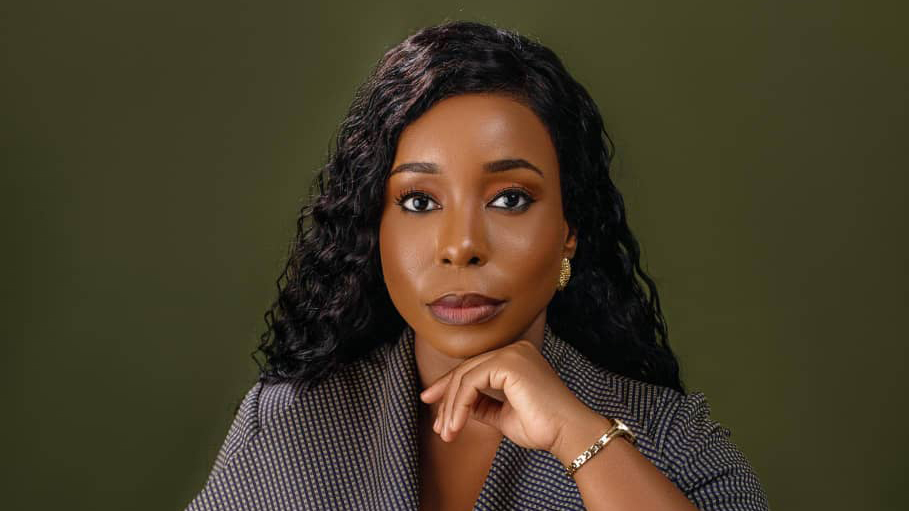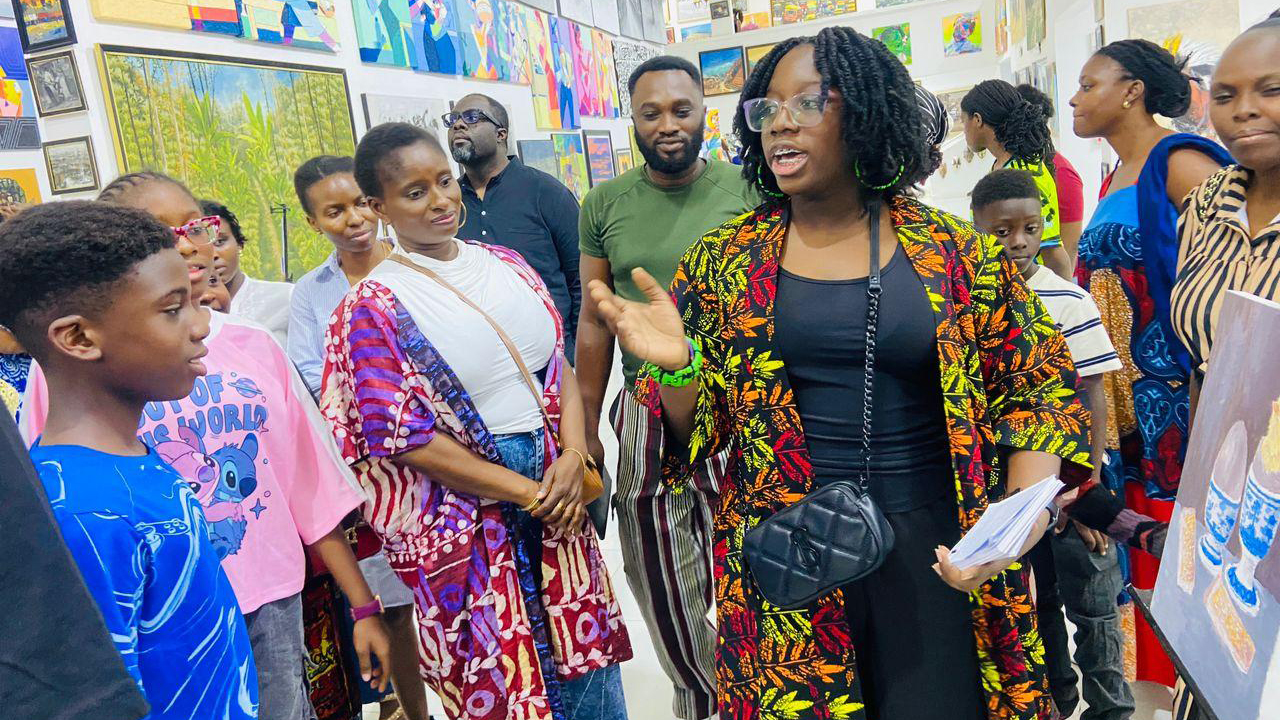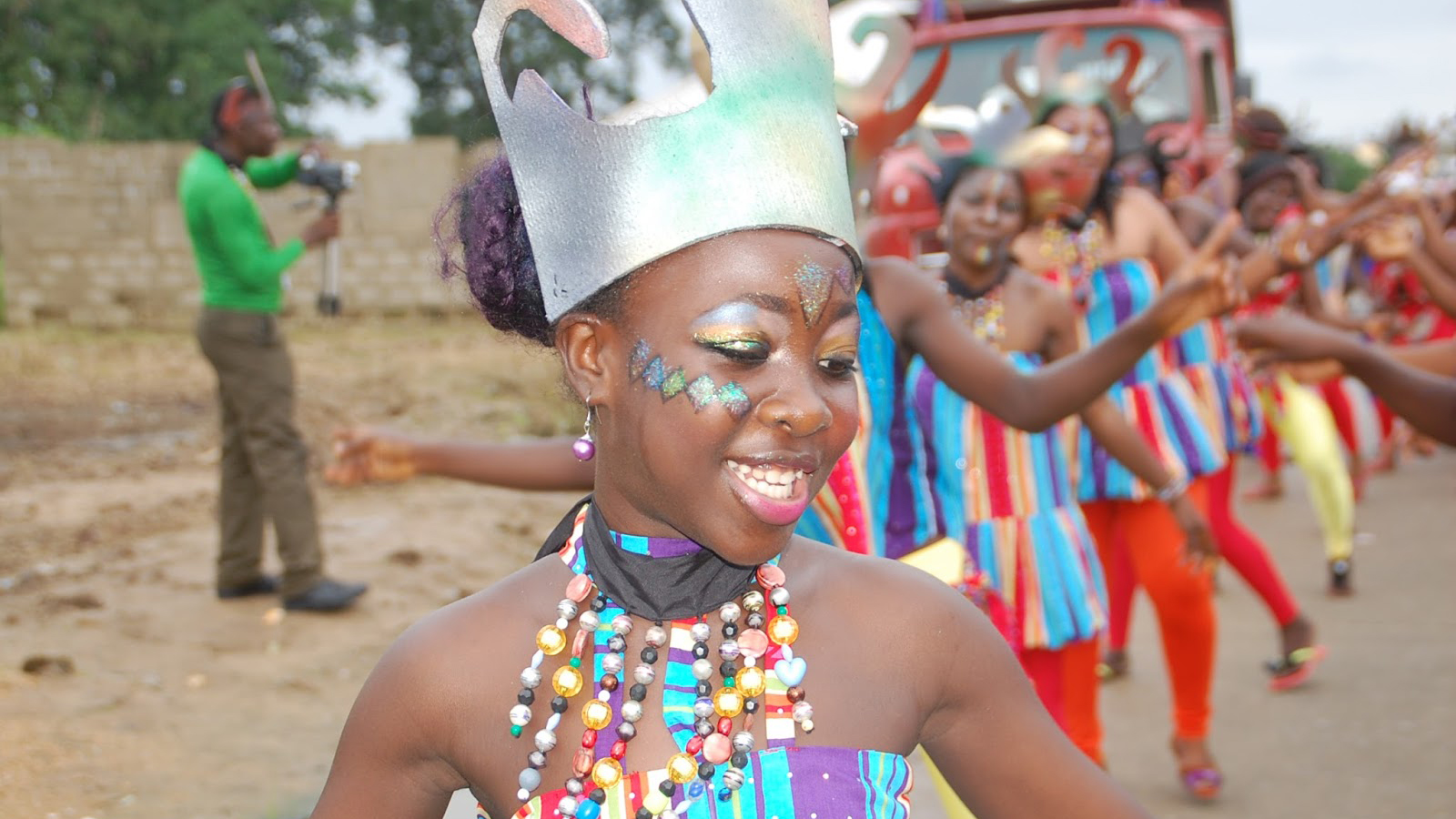Born and raised in Cotonou, Benin, on November 1, 1985, Charbel Coffi is a self-taught artist, who has lived several lives before fully committing to creation: first as a building contractor, then as a sports coach, and later as a model for some of the most prominent names in African fashion.
Though he had been drawing since childhood, it wasn’t until the early 2000s that he began painting more consistently, albeit quietly and in the background.
Three years ago, he was persuaded to exhibit his first works ‘to raise awareness’, as he puts it, “because we are in the process of destroying our House, and this is not just a topical issue.”
This awakening led him to reflect deeply on global warming, drought as symptom, and more broadly, humanity’s impact on nature. Coffi, an acclaimed prophet with a paintbrush, says, “my artistic practice explores the fragile balance between humanity, the Earth, and cultural memory. I work with natural and recycled materials such as kaolin, laterite, sand, and pigments, alongside industrial elements like acrylic, to translate the messages I receive. These materials allow me to build textured surfaces where erosion becomes visible.”
He continues, “the marks of time and the imprint of human intervention on nature come through in each layer. The cracks and illegible writings that run through my work are both scars and languages. They speak of loss and fragmentation, but also of hidden meanings waiting to be deciphered. These inscriptions are never planned. They emerge spontaneously, inspired by nature or stirred by an inner voice. Each work tells a particular story.”
His work quickly drew attention. Exhibitions followed in succession, and his market value rose. Today, he stands alongside his elders in the still-select circle of internationally recognised Beninese artists. His work is now collected across Europe and the Americas. “My message,” he says, “is not only for the people of Africa.”
In his ongoing exhibition at the Didi Museum, Lagos, which is titled Rooted, Charbel presents an oeuvre of works that reflect the inevitable awareness of others in the becoming of ourselves.
This show, which holds from July 26 to August 26, 2025, he pays homage to support structures, whether in human form, institutions, or sacred entities, whose quiet diligence keeps us steady in dire times and opens us up to serve one another.
He says, “this body of work makes a case for the multiplex nature of the systems that keep us sane, from the spiritual to the cultural, from the familial to the familiar. Anyone in motion is anchored somewhere”
According to him, “each is a space for reflection on our disconnection from the Earth, our forgotten inheritances, and the urgent need to reconnect with what grounds us and with each other. As a self-taught artist, I approach my practice with great freedom, but also with great discipline. I believe art can be both poetic and prophetic. It can soothe, provoke, and invite us to care for the planet, for our cultures, and for one another.”
The Beninese visual philosophy leans towards earth conservation, cultural reclamation, and the capture of life’s moments, often hurried past without regard for their sacredness.
His works are lyrical and pungent, urgent yet a visual feast. He often uses organic pigments such as laterite and kaolin, as well as found objects that add rich textures to his compositions.
Charbel is a tactile artist whose works reflect both the grit and grace of Mother Earth. His works ring like a gong, jolting the world awake to the earth’s call for conservation, the earth in others as a source of grounding, and the earth-suit we wear as a ground for negotiating identity.
Though his work has travelled the world, Rooted marks his first exhibition within a Nigerian gallery space. Relying solely on his own resources, he founded Les Ateliers Coffi in 2021 in Fidjrossè, Cotonou. The space merges a gallery, creative workshop, and garden, and is dedicated to artistic transmission, creation, and reflection.
“I am deeply inspired by the Japanese proverb that says, “Trees may lose their leaves, but always remain standing tall, waiting for a better day to come, when they will bud again, blossom, and proudly display a new coat.” This led me to create the series titled, Les moments de la vie (Life’s Moments). Selected works from this series make up the exhibition,” he says.
The artist believes anyone who has lived a little will come to understand that life is a series of stages, a succession of steps, a solitary journey marked by trials and pitfalls of all kinds. “As a result, I have often compared the human experience to a tree, and I understand that, like the tree, he will inevitably lose his leaves under the onslaught of life’s vicissitudes. Yet, like the tree, these merciless winds arise only to root him deeper, strengthen his hold, and galvanise him for the journey ahead.”
Coffi uses mixed media to explore themes such as cultural memory, ecological urgency, and spiritual intuition. He works primarily with kaolin, laterite, and salvaged objects, producing textured, symbolic works that are as tactile as they are contemplative. One of his distinctive techniques is the use of craquelures, fine cracks that appear in series such as Réconciliation Culturelle and Éclats d’âmes, regards croisés.
He mixes natural earth pigments with synthetic materials like acrylic to expose the paradoxes of our time: nature damaged by human hands, and landscapes as fractured as our identities. Another recurring element in his practice is illegible, gestural writing. These markings, often reminiscent of Arabic, Dutch, or invented scripts, serve as cryptic inscriptions. No painting is “complete,” he says, until it bears this final, almost sacred, pictorial message.






